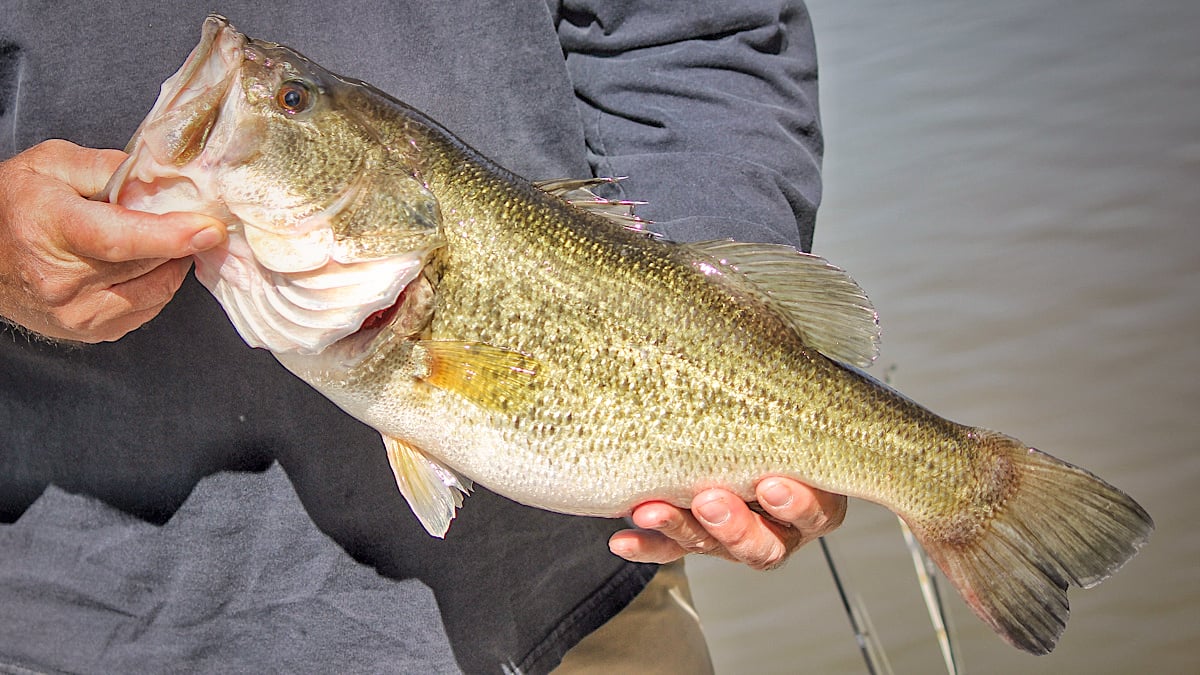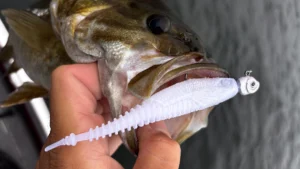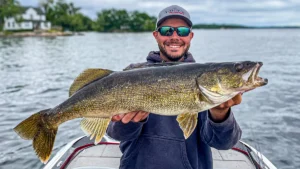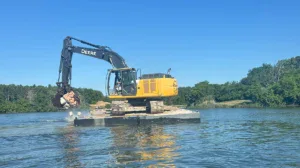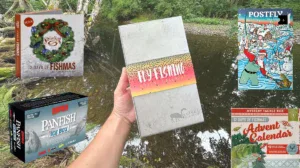Getting snagged is one of the most frustrating things about bass fishing; it always seems to happen at the most inopportune time, too. I’ll come up to the perfect laydown, see a beautiful casting lane where I just know a big one is laying, send my spinnerbait soaring perfectly through the branches above the water, land it in the sweet spot… only to hang a limb before I even reel the bait a foot.
It’s frustrating, yes. But getting hung up is part of it. And if you’re not getting snagged every now and then, you’re not likely throwing where the fish are. Fish often relate heavily to cover, so you have to throw close to that cover, which leads to some inevitable snags. But there are some ways to avoid getting hung and that’s what we’re going to talk about today.
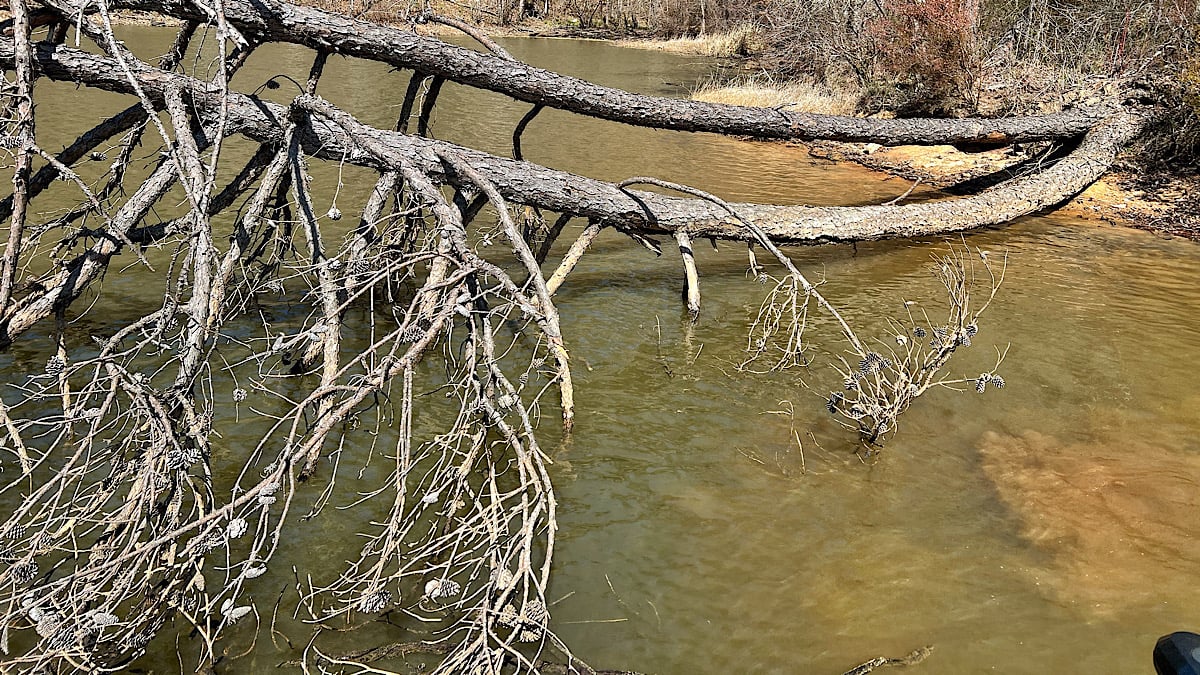
Avoid fresh pine trees
When it comes to a bass fishing lure, fresh pine bark is one of the stickiest things ever known to man. Fishing laydowns is a great way to catch bass but when that laydown is a pine tree that still has its bark on it, I’ll often skip right past it. The bark of a pine is just too coarse, with each tree’s coating made up of thousands of perfect little crevices for my hooks to snag.
Hooks aren’t all that hangs in pine bark. My line is notorious as well for getting into a little groove and digging into the bark. As the lure approaches, the whole bait gets stuck as it tries to cram its way through the same groove the line has found.
Honestly, I just avoid the pines the best I can. I’ll fish them on occasion just to make sure there’s not a pattern relevant to only the pine trees. Or I’ll fish them if that’s all that’s there or if I’m in a tournament. If I’m just fun fishing, however, you won’t likely see me even throwing at one.
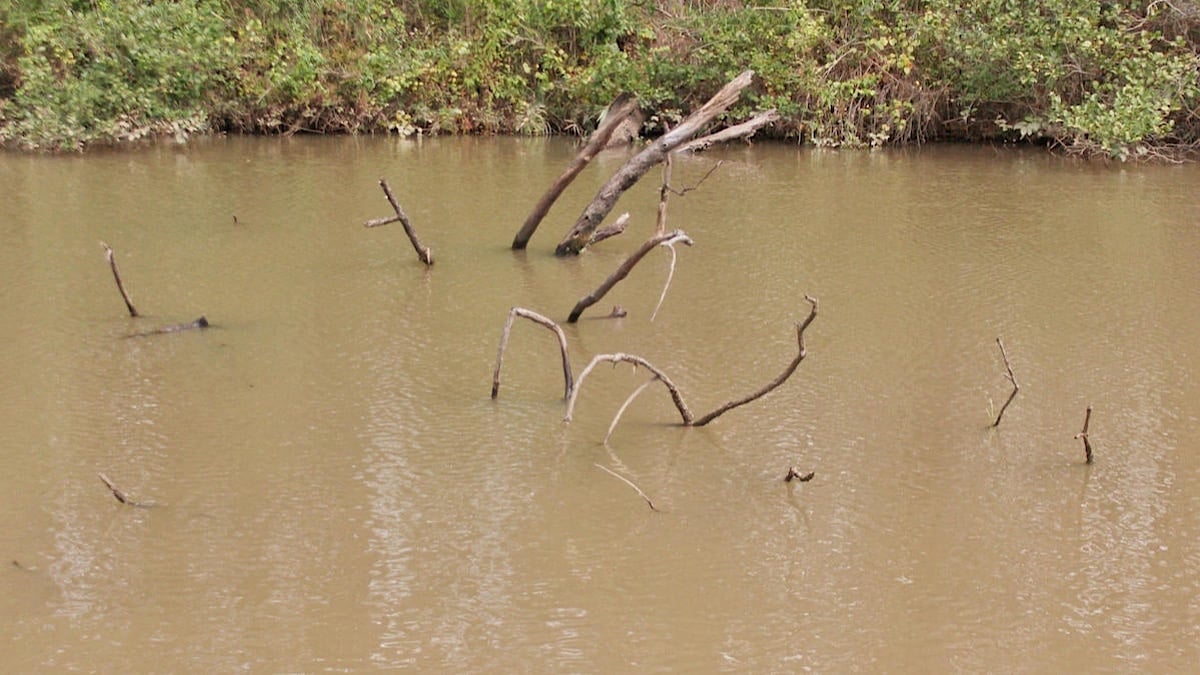
Avoid the forks
Another tip relative to laydowns is to try to always fish with the grain of a tree. This means that if a tree fell from the bank straight out to deeper water, position your boat in the deeper water and make your cast up to the base of the tree. Don’t do the opposite if possible.
Don’t throw to the end of the tree and fish your bait back up towards the base.
This will help you avoid getting your bait snagged in the fork of a tree, which is another notoriously sticky spot for soft plastics and hard baits alike. And again, it has to do a lot with your line. You line will naturally funnel down into the “V” of the fork of a tree and when your bait tries to make its way through, it’s a perfect snagging opportunity.
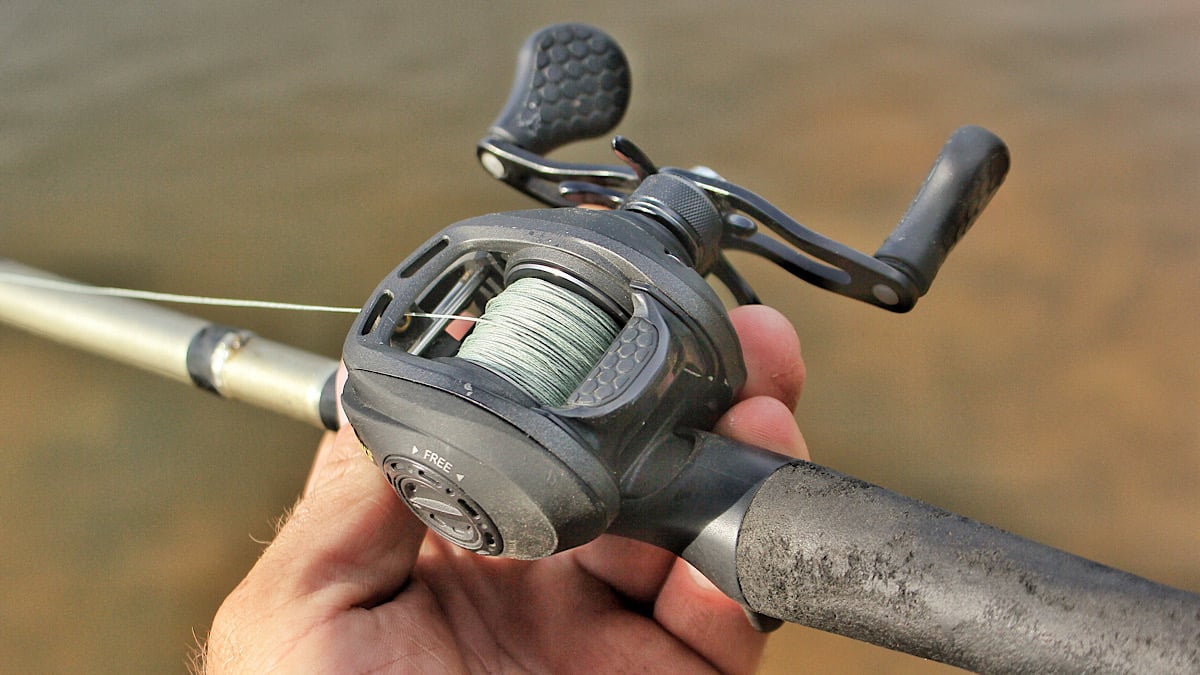
Avoid braid
I’m personally a big fan of braided line. There are times, however, when it can be a real pain and it’s perhaps better for some anglers to simply avoid using braid altogether because of its pitfalls. Braided line has a tendency to dig into whatever it’s being dragged across. When fishing braid versus fluorocarbon across a tree for instance, it’s more likely to cut into the tree and then hang your bait up as it approaches.
The same thing happens with vegetation, though braid is almost a necessity in these situations. If your braid starts to cut into vegetation, you can typically snatch it out and cut all the way through whatever cover you’re fishing.
I do remember one unique situation when I was covering a tournament down in Florida years ago. The angler was actually punching with super-heavy monofilament, because the gator grass was too tough for his braid to cut through. When he tried the braid, his line would dig into the gator grass during the fight and a fish would come off. The monofilament, however, wouldn’t dig in at all and he was able to put more fish in the boat. But I stress this was the exception. Avoid braid where you can around wood and docks, but for vegetation it’s usually a good idea.
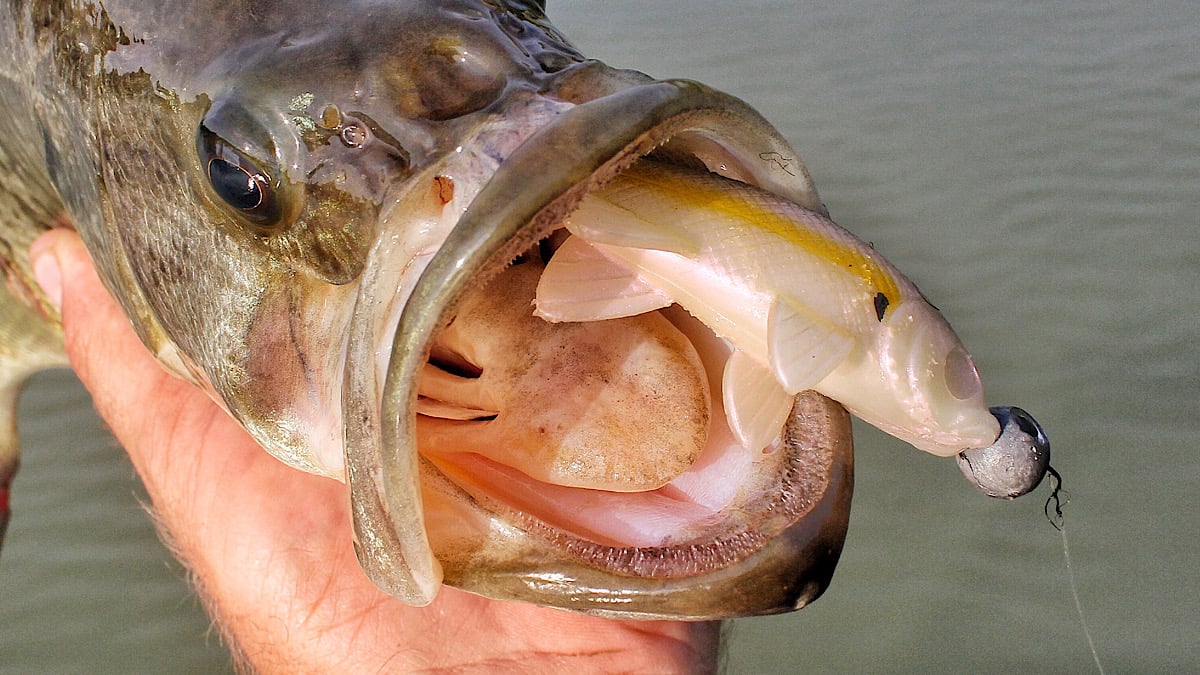
Tight line bottom baits in current
It’s really easy to get your bait snagged in current. It’s hard to really gauge what your bait is doing on the bottom when fishing current and if you get slack in your line, you can run into several issues. The current will create a bow in your line, making it harder to detect a bite, harder to set the hook and easier for your bait to snag.
So anytime I’m fishing a bottom bait like a jig, shaky head or single swimbait in current, I’ll fish it on a semi-tight line. I do this so I can tell what’s going on.
With my line tight, I can feel a bite better, set the hook more efficiently and avoid getting snagged. Tight-lining a bait allows it to wash along the bottom but hopefully not get washed under a rock, log or other obstruction.
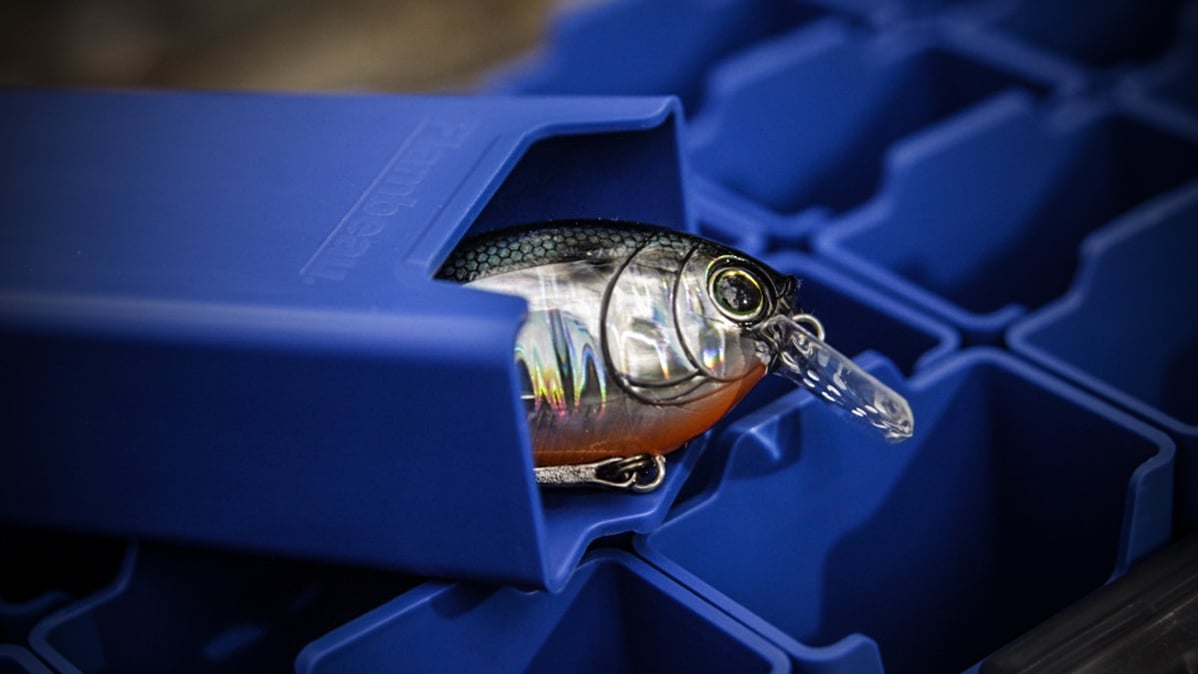
Fish against the current with a crankbait
Letting a bait wash along in the current like I mentioned in the previous section is definitely the most natural approach. But with a crankbait, I actually like to fish against the current. I do this for a few reasons, but preventing snags is definitely one of them. When cranking in current, if I fish the bait with the current it blows right by fish. I’m also not able to maintain bottom contact for long because of the speed of the current. When I do make contact with bottom, I often become snagged and the current makes it hard to pull my bait free.
Fishing against the current, I’m able to get my crankbait deeper and keep it there longer; I can also fish it a lot slower. This allows the bait to find little eddies where something like a boulder is breaking the current, for instance. If I do hang up, I can just let my line go slack and the current will typically pull my bait free for me. This is another great way to avoid getting snagged and in this case in particular, losing a lot of baits.
Again, getting snagged is just part of it if you’re fishing where the fish are. But if you implement a few of these tips, I guarantee you’ll see a decline in the number of times per trip you do get snagged.
